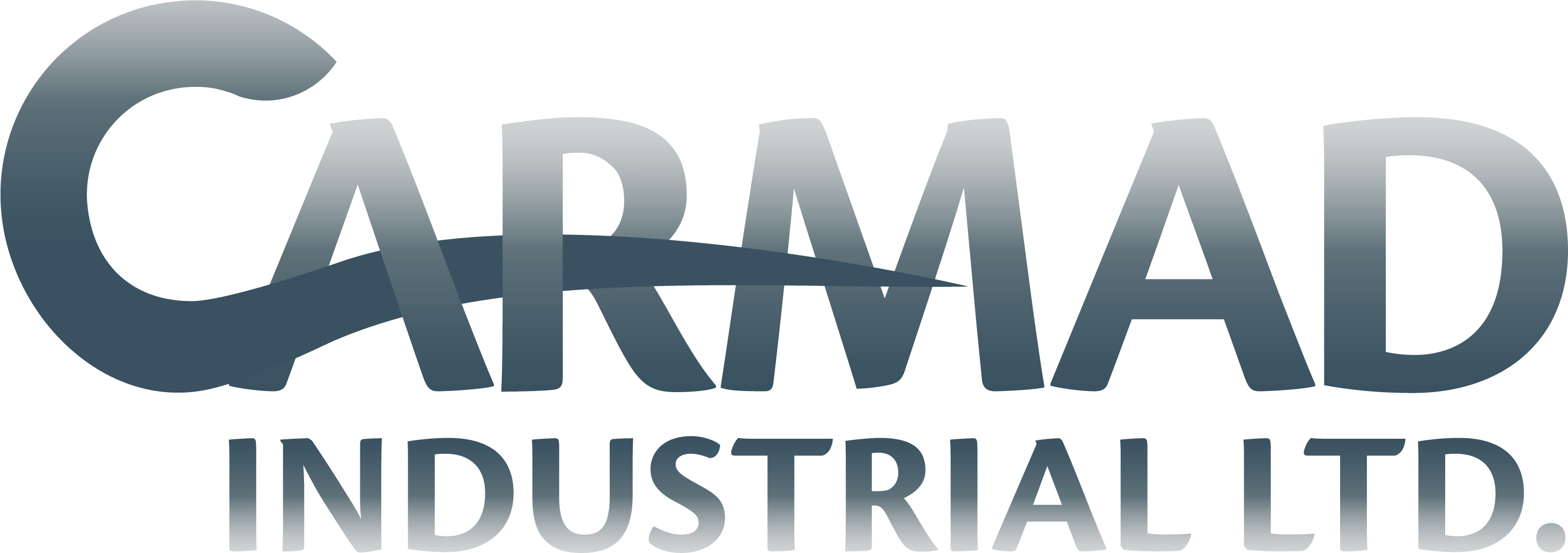A “good” problem to have, but a problem no less.
There are two forces at play that are working in the Restoration Industry’s favour. There is increasingly erratic weather, and older properties all over North America that were built with asbestos are being renovated. Not everyone is happy about these circumstances. There’s the homeowner who just discovered the cost of removing asbestos so that he can update his furnace – something he wasn’t initially budgeting for. There are also environmental activists who can’t shout loud enough. Restoration contractors, however, are in a unique position to capitalize on both.
More opportunity brings more work. More work means happy employees, there are positive cash flow and growing profits. The downside of having more work is scalability. Sometimes you just don’t have enough technicians to seize every opportunity. Ever turn work away because you’re too busy? This is where Dry Ice Blasting comes in.
What is Dry Ice Blasting?
Also known as Carbon Dioxide Cleaning, this technology combines dry ice pellets the size of grains of sand with compressed air. The pellets move at subsonic speeds with enough velocity to remove adhesives, paints, grease, grime, mold, and smoke damage to name a few. If you’ve never seen one in action, think of a sandblasting, but without the sand, the mess to clean up, and the health risks of silica.
Advantages of Dry Ice Blasting
Dry ice is compressed carbon dioxide. The pellets are so small, that they do not have enough kinetic energy to damage surfaces. This means that it’s a non-abrasive cleaning technique. In other industries, Dry Ice Blasting is used to clean fingerprints off electronics and grease off machining equipment. It has this uncanny ability to clean without damaging even the most delicate surfaces.
As mentioned above, Dry Ice Blasting is similar to Sandblasting. Only, there’s no mess to clean up after. This is known as “secondary waste”. Sandblasting leaves piles of carcinogenic silica sand all over the floor. By contrast, dry ice pellets evaporate on contact. So there’s zero secondary waste and nothing to clean up afterwards. Likewise, evaporating carbon dioxide quickly dissipates into the air. This means the technicians are not at any health risk if they are exposed to small amounts of carbon dioxide. Similarly, dry ice has no impact on the environment. Because of this fact, it’s approved by the FDA, EPA, and USDA.
How is Dry Ice Blasting helping Restoration Companies?
Restoration companies are busy and easily backlogged. If they can get jobs done faster, they can take on more work and make more money. Simple. Restoration companies can subcontract to Dry Ice Blasting services to assist with asbestos abatement, mold removal, and fire restoration. Instead of a team of technicians manually scrubbing and scraping the area clean over a week – Dry Ice Blasting gets the same job done in a fraction of time. In other words, Dry Ice Blasting reduces labour costs. Depending on the job, Dry Ice Blasting reduces the encapsulation area and even reduces that amount of waste. There are fewer cleanup and disposal fees, again, saving you time and money.
In summary, Dry Ice Blasting is an environmentally friendly abatement technique that will shorten the turnaround time, reduce labour costs, and ultimately let you keep more money in your pocket. If you’re a restoration contractor looking for a dry ice blasting solution, we would love to help out. We’re Carmad Industrial and we service Restoration companies all over western Canada – BC to Manitoba, plus the Yukon and Northwest Territories. Call us today for a free quote!

